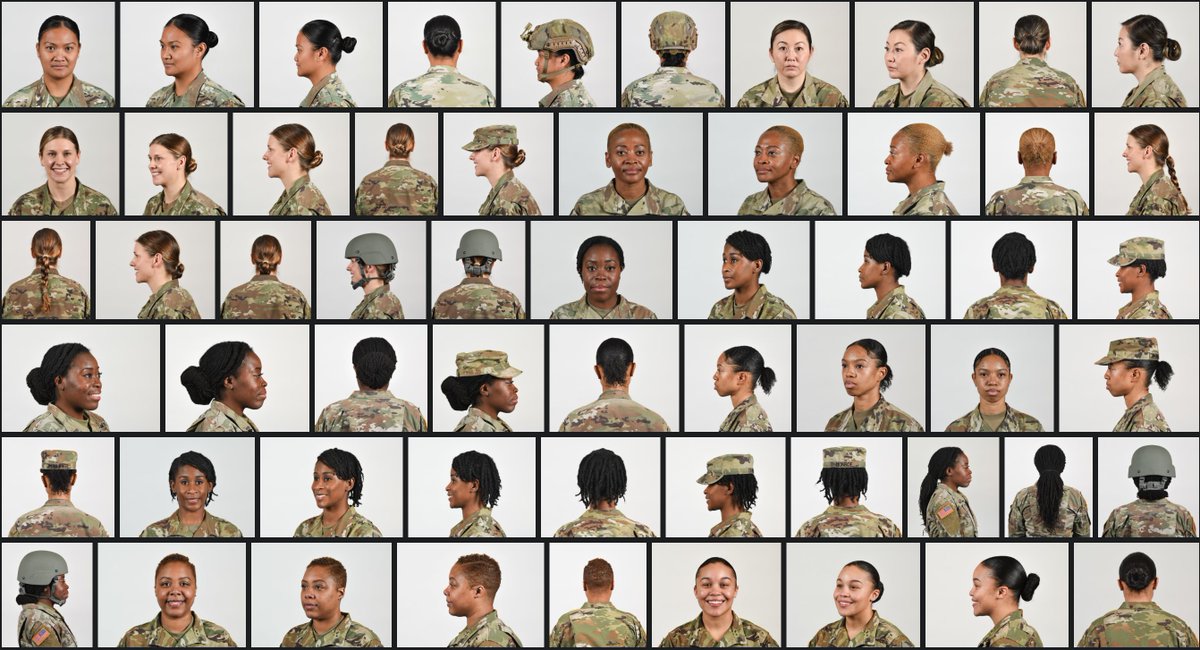Over the past 7 months, we dedicated a team to revisiting our policies to ensure that they reflected our formations.
All of the decisions announced yesterday won& #39;t apply equally to all of our Soldiers. Our goal was to create a Standard that everyone could see themselves in.
All of the decisions announced yesterday won& #39;t apply equally to all of our Soldiers. Our goal was to create a Standard that everyone could see themselves in.
Representation is important to me. When we developed the process to follow, I tasked Army G1 with assembling a panel of diverse backgrounds and experiences. Junior enlisted and officers weren& #39;t part of the voting panel, but many of our comments came from that demo.
In total, there were 17 voting members: 15 women, 2 men. 11 of them were BIPOC, 2 were Hispanic, 4 were white (all women).
For each recommendation, we brought in different SMEs (dermatologists, EO leaders, psychologists, etc.) to discuss medical, emotional, and cultural impacts of the current policies and help explain how changes could impact different demos.
Again, these discussions were specifically framed to looking at how our current policies failed to accurately represent the Soldiers in our formations. Because of this, policies regarding men& #39;s facial hair was NOT a topic. Beards are regularly discussed policies adopted for them.
I& #39;m proud of the work of the panel. Since I believed in the process, none of their recommendations were rejected/overturned by me or any other Army leaders.
In the instance of long pony tails, the panel originally voted 16-1 AGAINST that hair style in all uniforms at all times. That was amended later to expand and clarify guidance on PT and when wearing equipment.

 Read on Twitter
Read on Twitter


